In 2017 Orange launched the Stage 6, a long travel, big mountain, do everything, enduro bike. The Stage 6 was Orange’s answer to the increasingly growing aggro 29 full suspension bike market and sported big numbers and slack angles. Today, Orange launches the updated 2020 model of the Stage 6 and we’ve had an exclusive chance to ride a final stage prototype to see what the new Stage 6 is all about.
2020 Orange Stage 6 – The Bike:
The Stage 6 is unmistakably Orange with trademark folded aluminium tubes and that distinctive swingarm, but although at first glance the new model bears more than a passing resemblance to the original, the new model is billed as an out and out race machine and sports new geometry to suit. Chainstays have increased by nearly 20mm, reach has increased across all sizes, the seat angle is 1.5 degrees steeper while the head angle has been pushed a degree and a half further out. As with other updated models launched this year, Orange has also now included accessory mounts on the downtube of the Stage.
It’s not only geometry changes that Orange has made to the new Stage 6 though. Look closely and you’ll see that that distinctive single pivot is now much wider, and offset towards the non drive side to allow a bigger chainring to be run, and also increase stiffness in the backend.
Cable routing has also been changed, and rather than entering the swingarm on the folded tubes, the hoses now pass under the pivot and enter the inside of the swingarm. During the re-design process, Orange also took feedback from sponsored rider Rowan Sorrell, which resulted in a lower pivot placement to add progression towards the end of the stroke and give a bit of extra bottom out resistance, but also give a more neutral feel to the suspension and less pedal feedback.
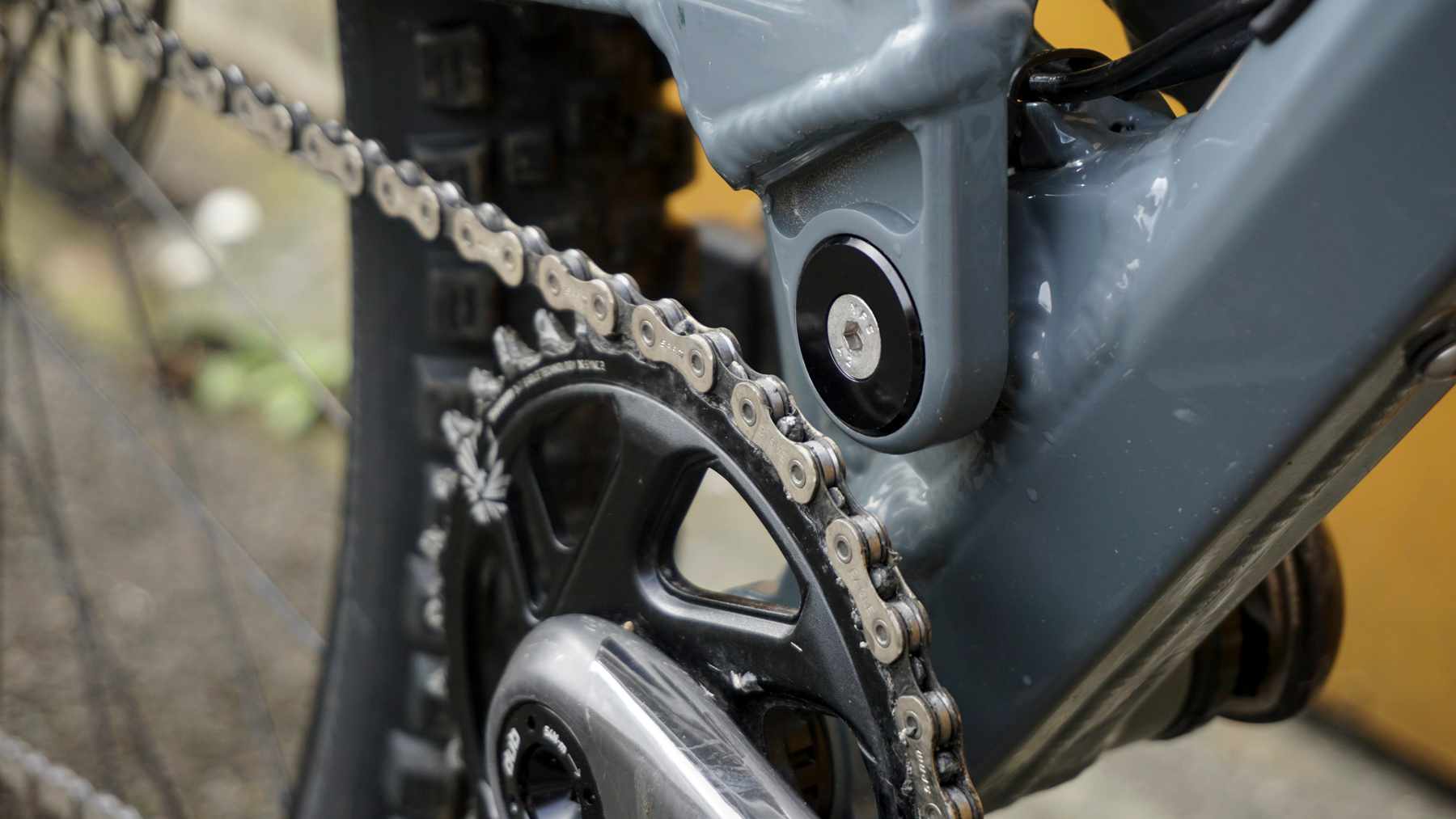
While the bike we’ve been testing is a prototype, the geometry is exactly the same as the final 2020 Orange Stage 6 production models, with the only difference between this and production being a slightly different shock mount. Again, as this is a prototype, the exact spec of this bike isn’t something that will be an off the shelf option, but it’s certainly the sort of build that I’m sure a lot of people will go for, and so I haven’t dwelled on individual components.
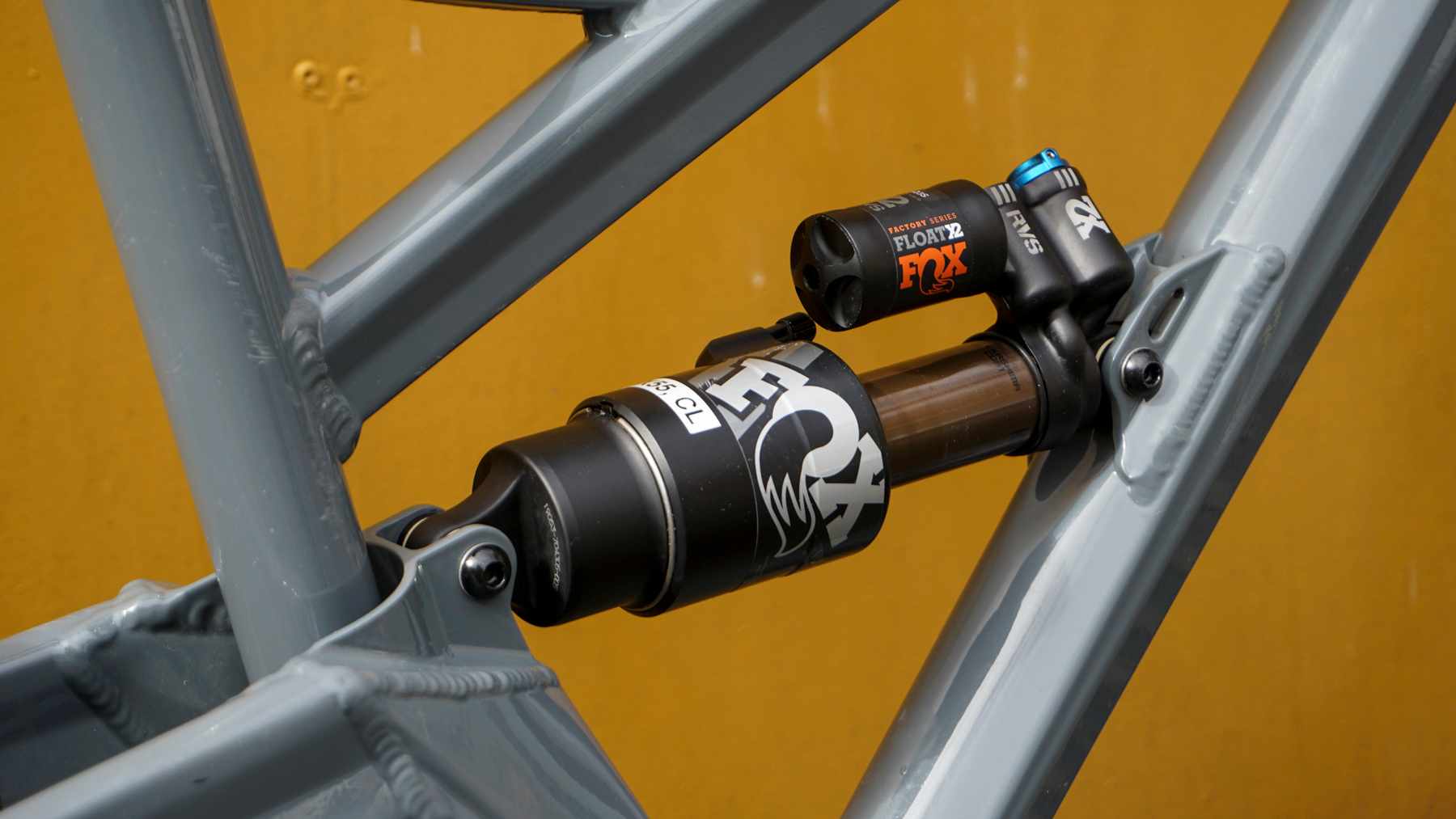
As with the previous model, the new Stage 6 has 150mm of rear travel paired with a 160mm fork up front. Our test bike has a Fox 36 Elite delivering that 160mm of composed, trail taming travel. And as with a lot of newer, slacker bikes, Orange has chosen to run a shorter offset fork to help keep the benefits of a slack head angle, but improve steering stability. The new Stage 6 also sees Orange align this platform with other models in their range and move to metric shocks, with the rear suspension on our test bike being controlled by a top notch 210 x 55mm Fox X2 shock.
Stop and go are both provided by SRAM with a 12 speed GX Eagle shifter, 10 – 50 tooth cassette and XO mech paired with Descendant cranks and a 34 tooth chainring to give plenty of winching and sprinting ability. Once pointed downhill there’s a set of powerful four pot Guide RE brakes with a 200mm rotor up front and a 180mm out back to keep speed in check when things start to get a bit rowdy. SRAM also take care of the seat post with a 150mm fully internally routed RockShox Reverb with 1 x lever.

The stage rolls on a set of e-thirteen rims laced to Hope Pro 4, shod with a pair of Vittoria Martello 29 x 2.3 tyres. Bar and stem are both provided by Kore with a 35mm 780mm bar and matching 35mm stem. Rounding out the component package are own brand Orange Strange grips and saddle.
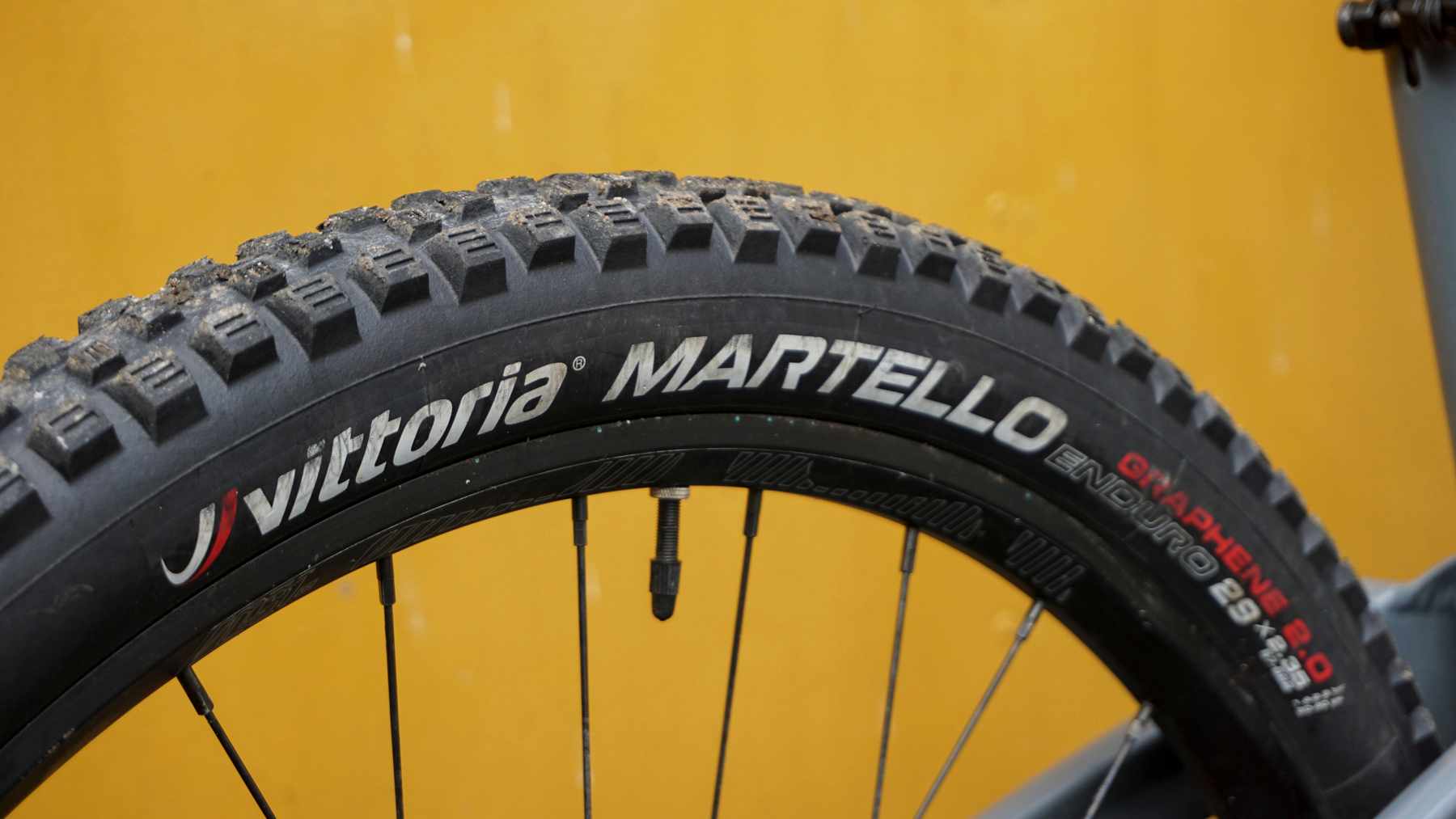
Set Up:
Setting the Stage up was a pain and faff free affair. Go to Fox’s online tech centre, enter the 4 digit code for your fork or shock and follow the set up guides. I’ve generally found these to be a pretty good starting point and it was no different this time. I weigh around 86kg and I started with 80 psi in the fork and 7 clicks back on rebound. For the shock, as it has loads of adjustment in the form of HSC, LSC, HSR and LSR, it’s great to have some baseline settings to work from and then fine tune to suit. Following Fox’s guide I set the shock up with 200 psi. It was then just a case of adding clicks of rebound and compression to match the guide which is really simple – a 3mm hex key for both low speed compression and rebound and 6mm for high speed. Following the first ride I added an additional couple of clicks of high speed compression but other than that the settings have remained the same as the initial set up.
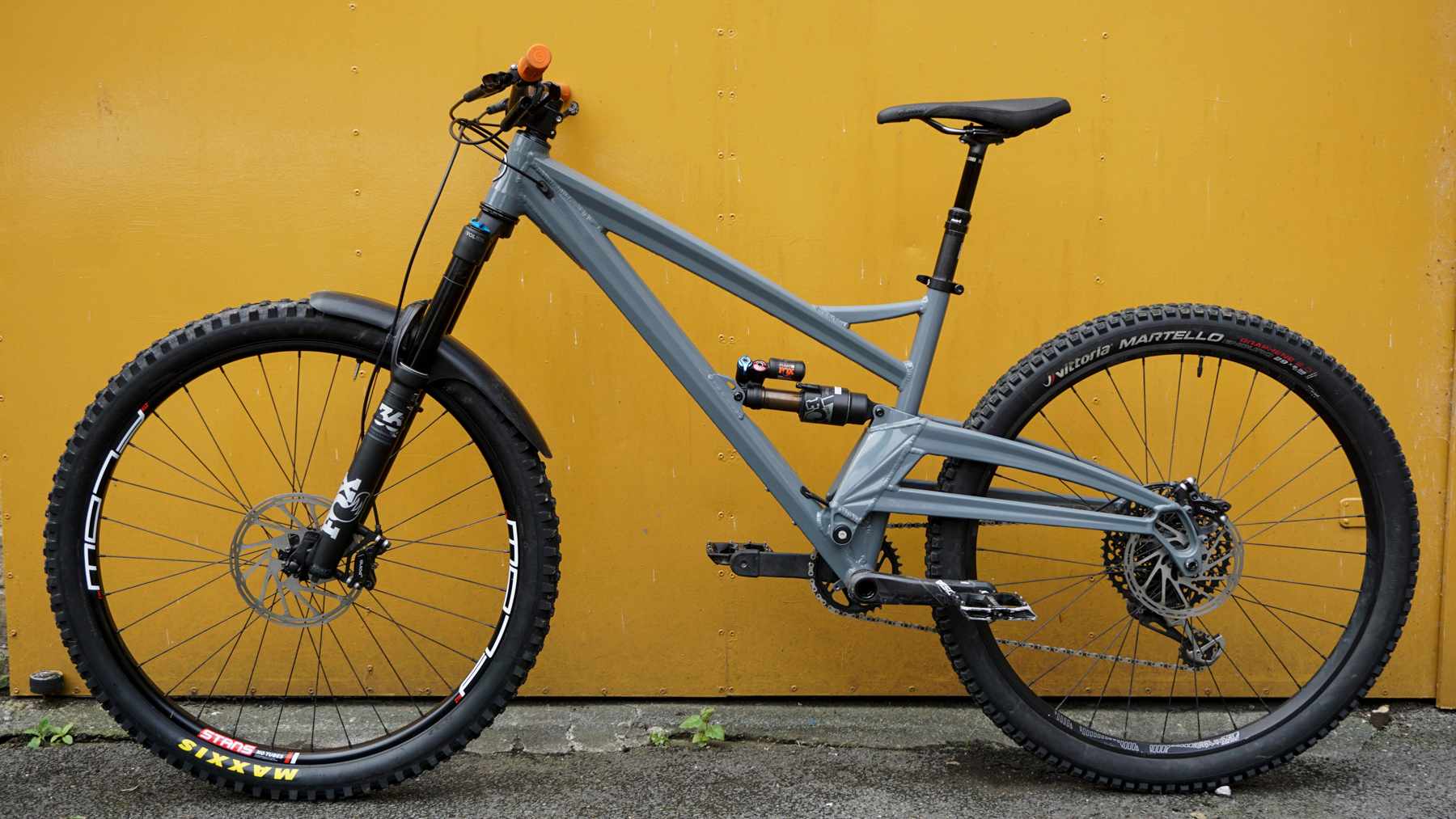
I also made a couple of changes to the original spec to suit my preferences, and the riding I’d be doing. First change was to swap the bars to a set Burgtec 800mm wide, 30mm rise. Next up was swapping the front tyre. Although the Vittoria Martello is great tyre, for the riding I’d be doing (a mix of moorland, natural, and hand dug) and the amazing summer weather we’ve been experiencing I wanted to go with something a bit chunkier and spikier up front, so fitted my go to front tyre – a Maxxis Shorty 29 x 2.5 WT.
Ride Impressions:
I’ve spent quite a bit of time on the previous Stage 6, and jumping aboard the new model it felt instantly familiar, yet very different! While the reach may be 22mm longer, the steeper seat angle gives a similar effective top tube length (645mm) to the previous model.
While that effective top tube length may have remained similar, the bike certainly feels bigger than the previous model. With the slack head angle pushing the front wheel further out in front and the longer rear end, the new model feels like a bigger, more purposeful bike.
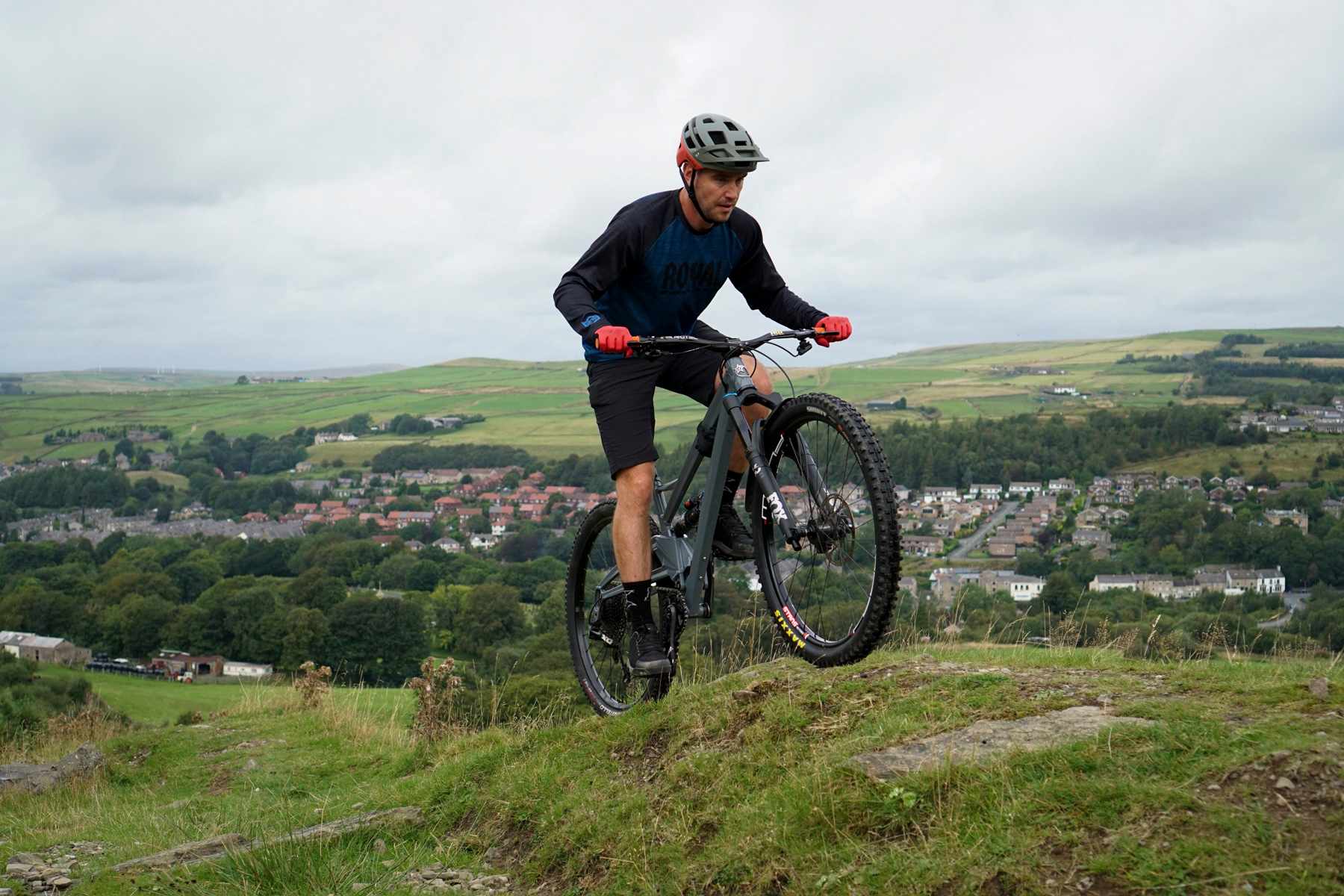
The steep seat angle and good front centre length give a comfortable position for happily spinning along and getting to trails. On gentler climbs, the Stage is happy to spin along with no noticeable pedal bob and not once during the test did I feel the need to adjust the compression damping on the shock. I’ve ridden quite a few mid – long travel, slack 29ers in then past few months and the Stage climbs as well as any of them. It can happily be pedaled all day and doesn’t feel like a big burly race bike when pootling along.
The steep seat angle, combined with the long chainstays and front centre give loads of grip for scrambling your way up steep techy climbs without the front end lifting. The well sorted suspension, aided by the top drawer X2 shock, does a great job of keeping traction while picking your way up loose, rocky and rooty climbs.
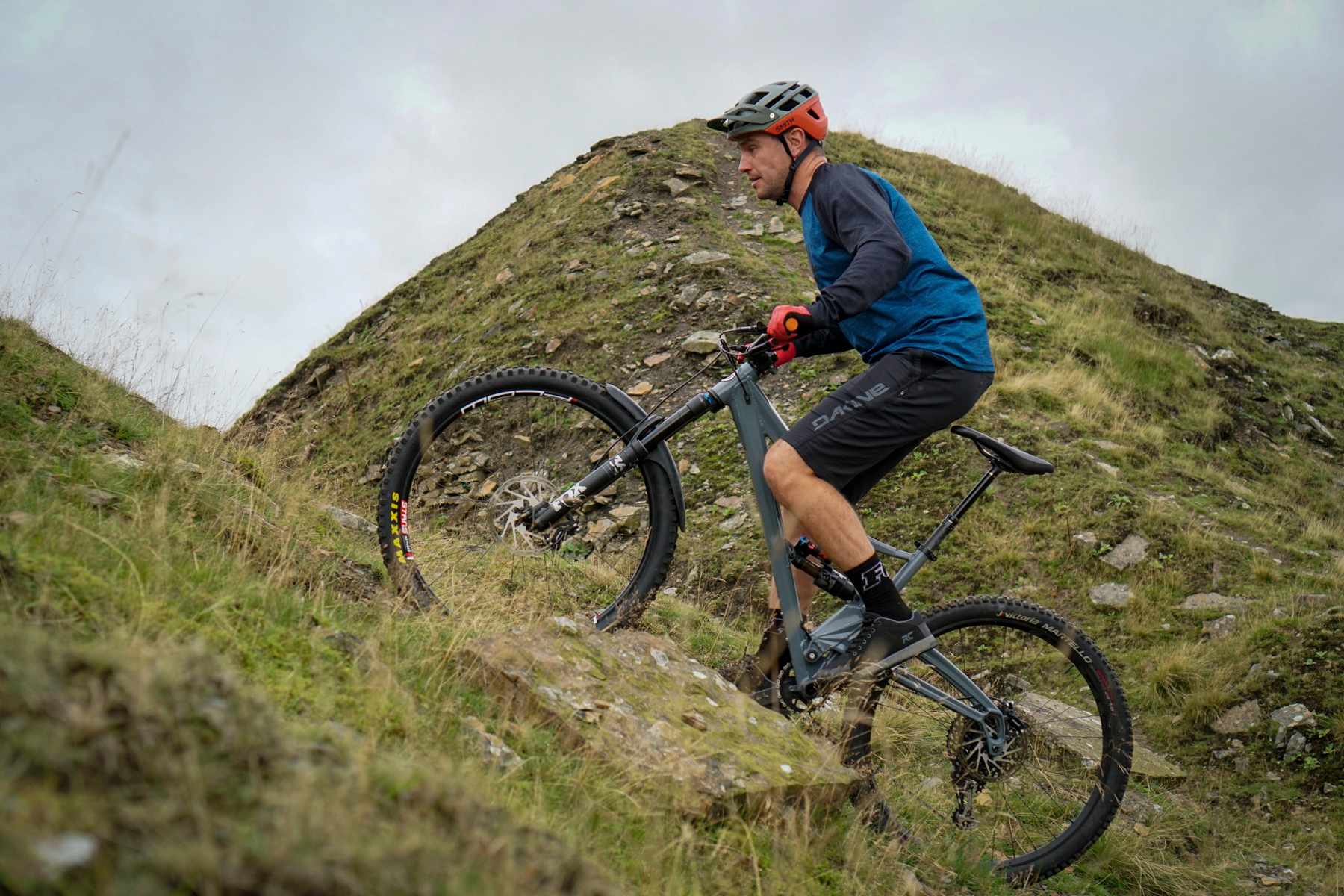
Descending:
Once you get a bit of gravity on your side the Stage 6 really starts to shine. This bike is fast! On faster, more contoured trails where you can get off the brakes, the Stage picks up speed really quickly and lets you pump the ground, looking for every bump and rise to get as much free speed a possible. Pumping small humps and rollers in the trail, the suspension feels like it’s pushing you on rather than wallowing and sapping energy.
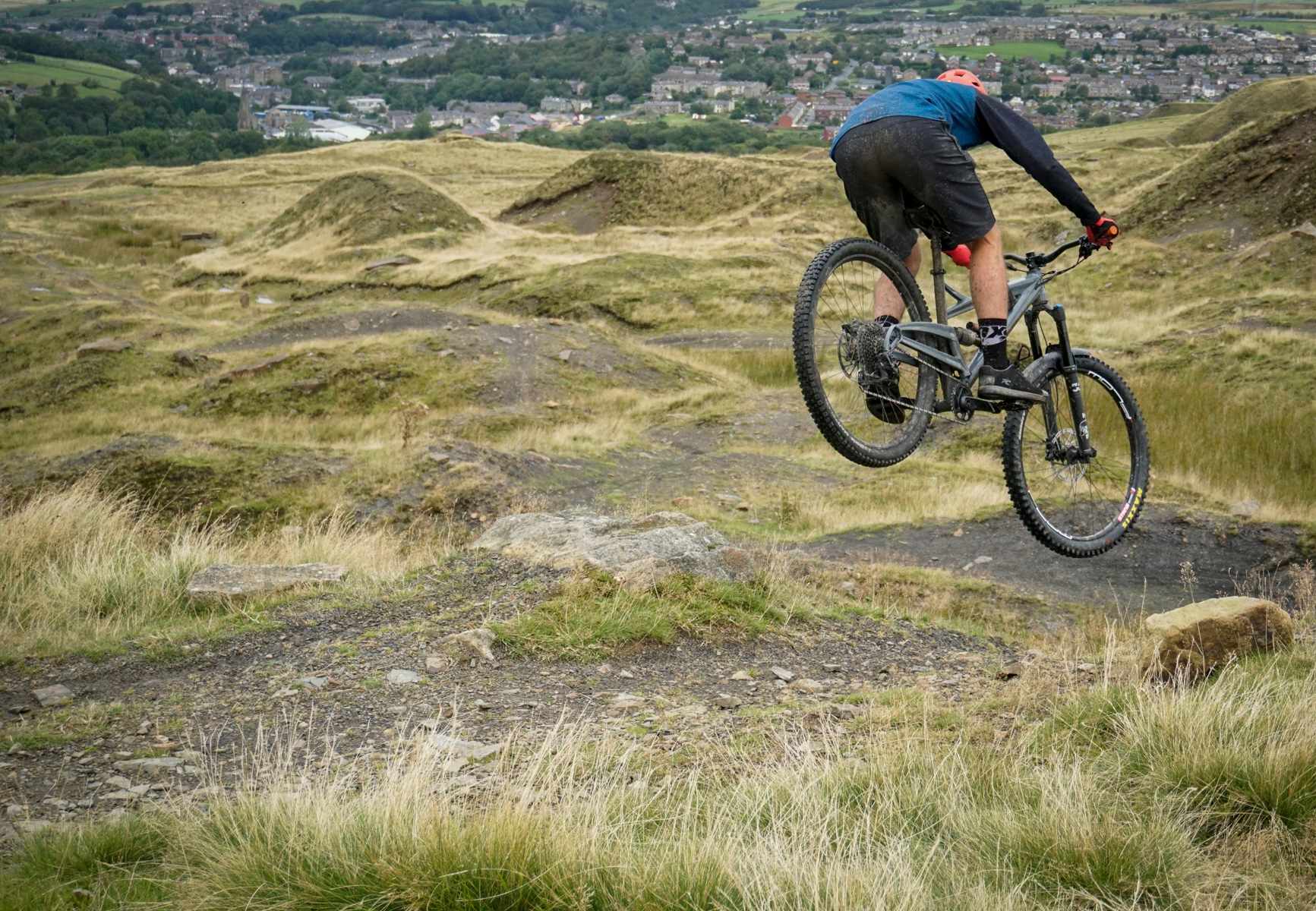
The long front and rear ends, combined the the slack head angle, make the bike really composed at speed and lets you plough into, over and through pretty much anything – swoopy singletrack, sunken paths, ruts and all. Point the Stage 6 in the direction you want to go, get off the brakes, and hold on. The suspension feels nice and supple at the start does a good job of cutting out smaller trail chatter, but is also supportive in the mid stroke allowing you to load the back end to hop over rocks and roots and find mid trail gaps.

The Stage 6 isn’t just about straight line speed though. The slack head angle and lengthy proportions let you really push into fast corners, providing plenty of grip and confidence to push hard. And then when the back does let go, it’s a nice predictable drift that then snaps back into line, making you feel like a hero, rather than making you think that you’re about to throw yourself into a bush.
And while the Stage 6 is definitely a long bike, it’s not cumbersome. The big numbers are certainly noticeable, but the poppy suspension helps to keep the bike feeling lively and move the back end around, and over trail obstacles on sinuous twisty singletrack.
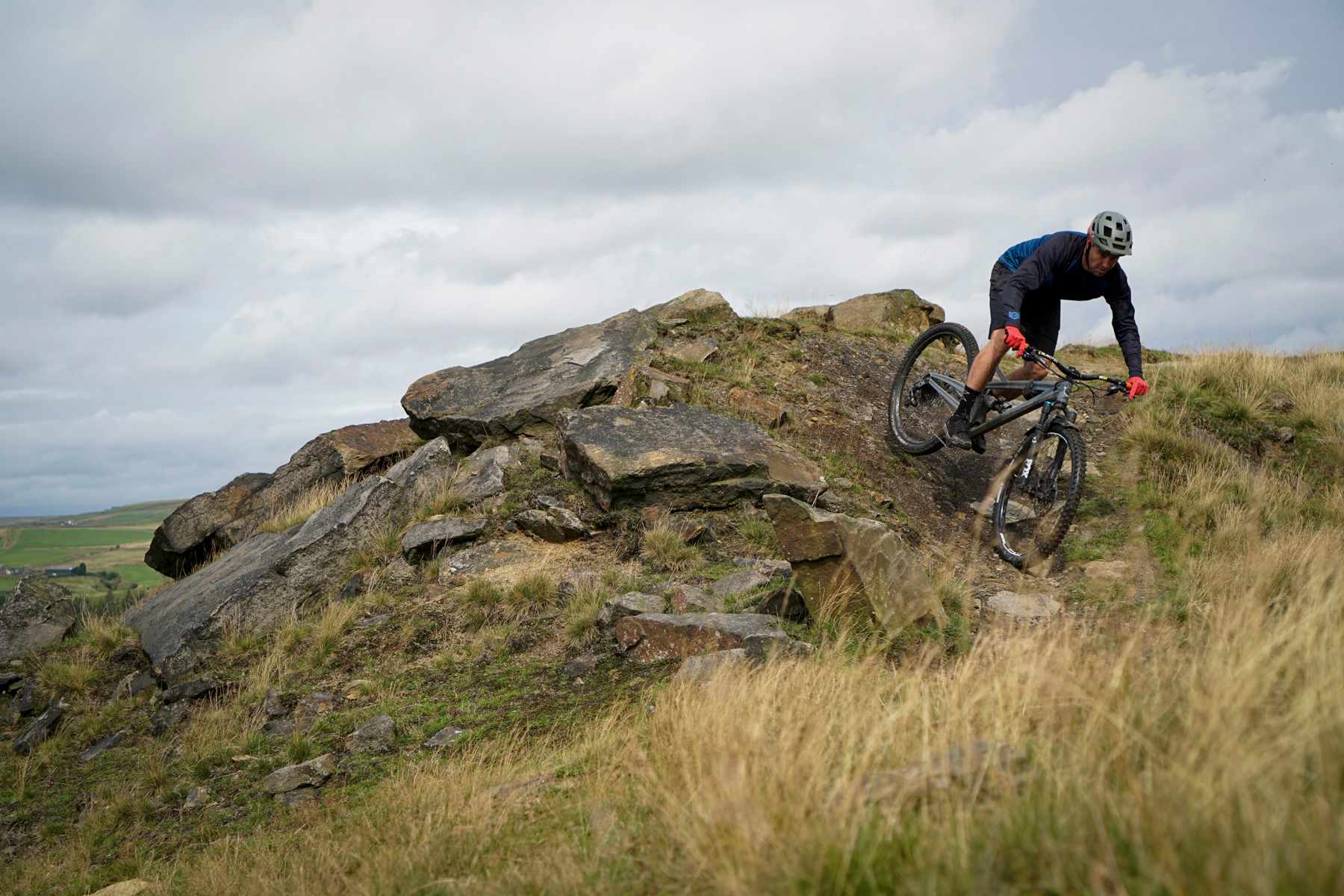
When things get steep the new Orange steps it up a notch again. From looking at the geo chart you get the picture that the Stage 6 is all about descending, and although that could be a bit a bit misleading, it certainly likes steep.
The slack head angle and well proportioned front and rear make you feel centred and balanced on the bike, and sat in it, rather than on it. This allows you to stay more central on mega steep trails and weight the front to commit to corners rather than hanging off the back. The balanced feeling lets you point into steep chutes and turns trusting that the front – aided with the short offset fork – will stick and get you through.
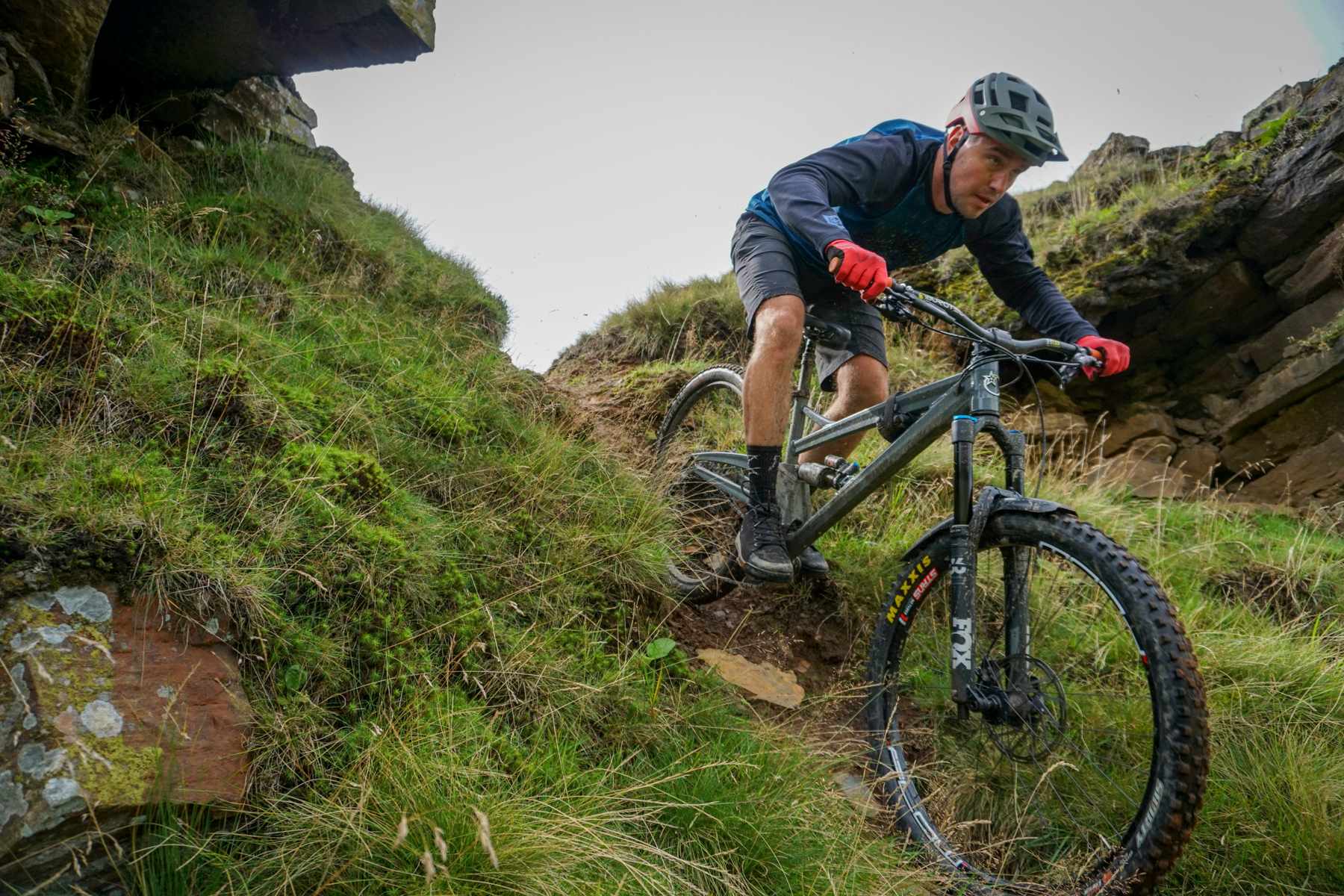
Overall:
It’s impossible to give a full review from a handful of rides but I’ve certainly managed to get a good idea of the new Stage 6.
The new Orange is definitely a step up from the previous model. It’s a bike that rewards commitment – whether that’s staying off the brakes or pointing it down a near vertical rut. Once off the brakes it is blisteringly fast, composed and great fun and I reached my limit before getting anywhere the bike’s.
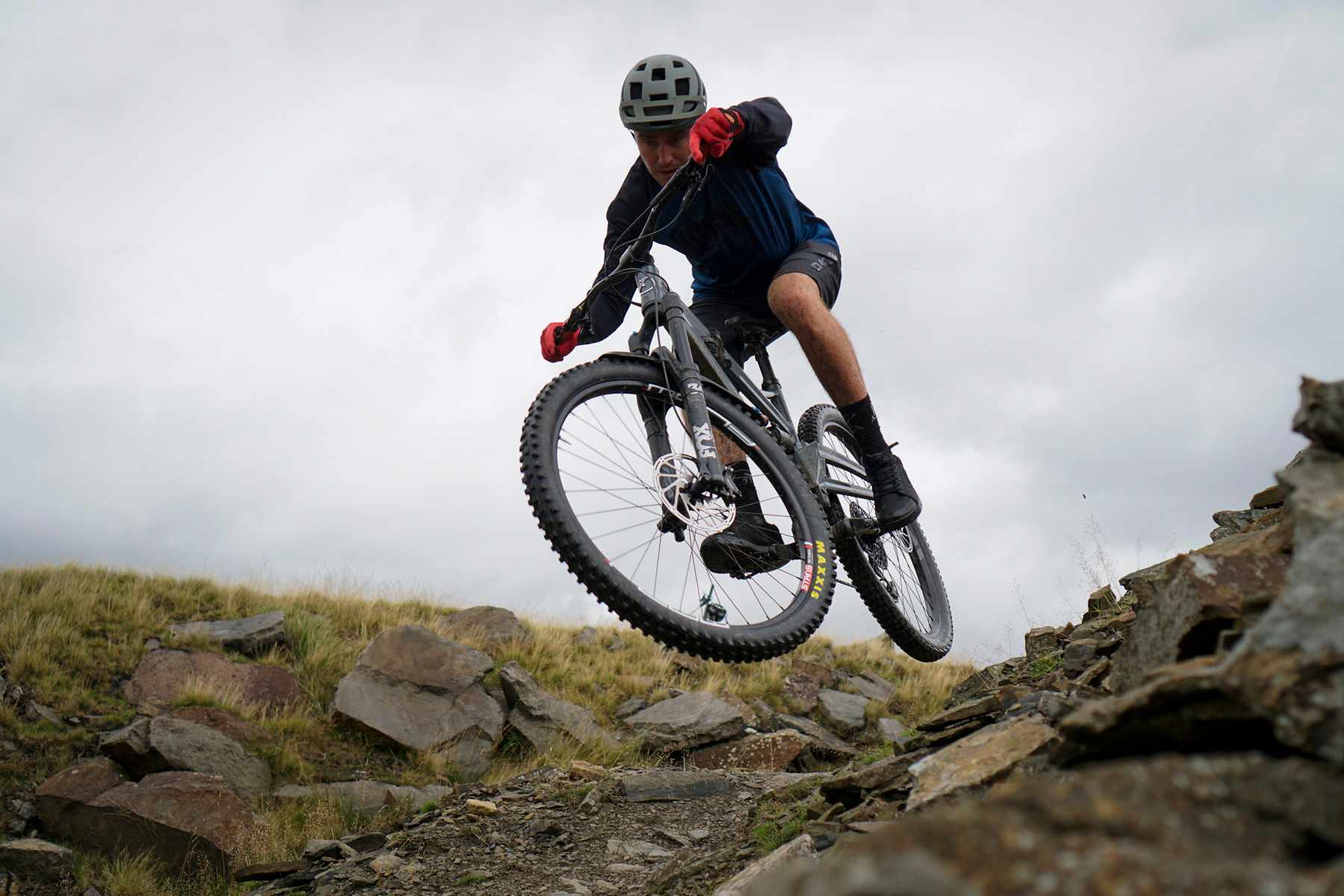
Orange bills this bike as an out and out (enduro) race machine, and it’s easy to see why. But it’s not just about descending. It’s a good climber and is happy to be pedalled. The long numbers, both front and rear, don’t make it the most nimble of bikes and people who want to play around on the trail would probably be better looking down the Stage range, but for those who value out and out speed over fun, the new Stage 6 is a definite option.

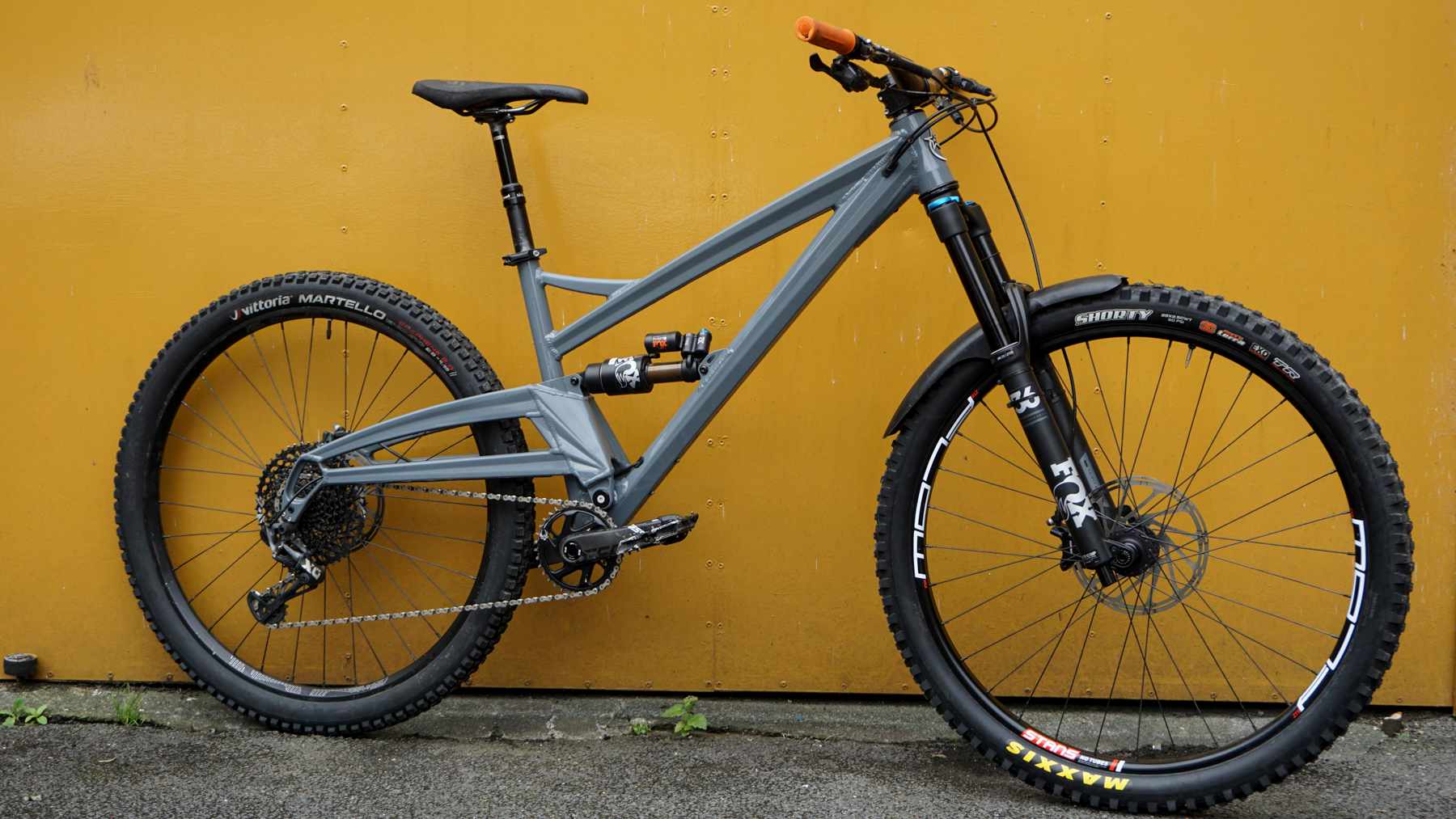
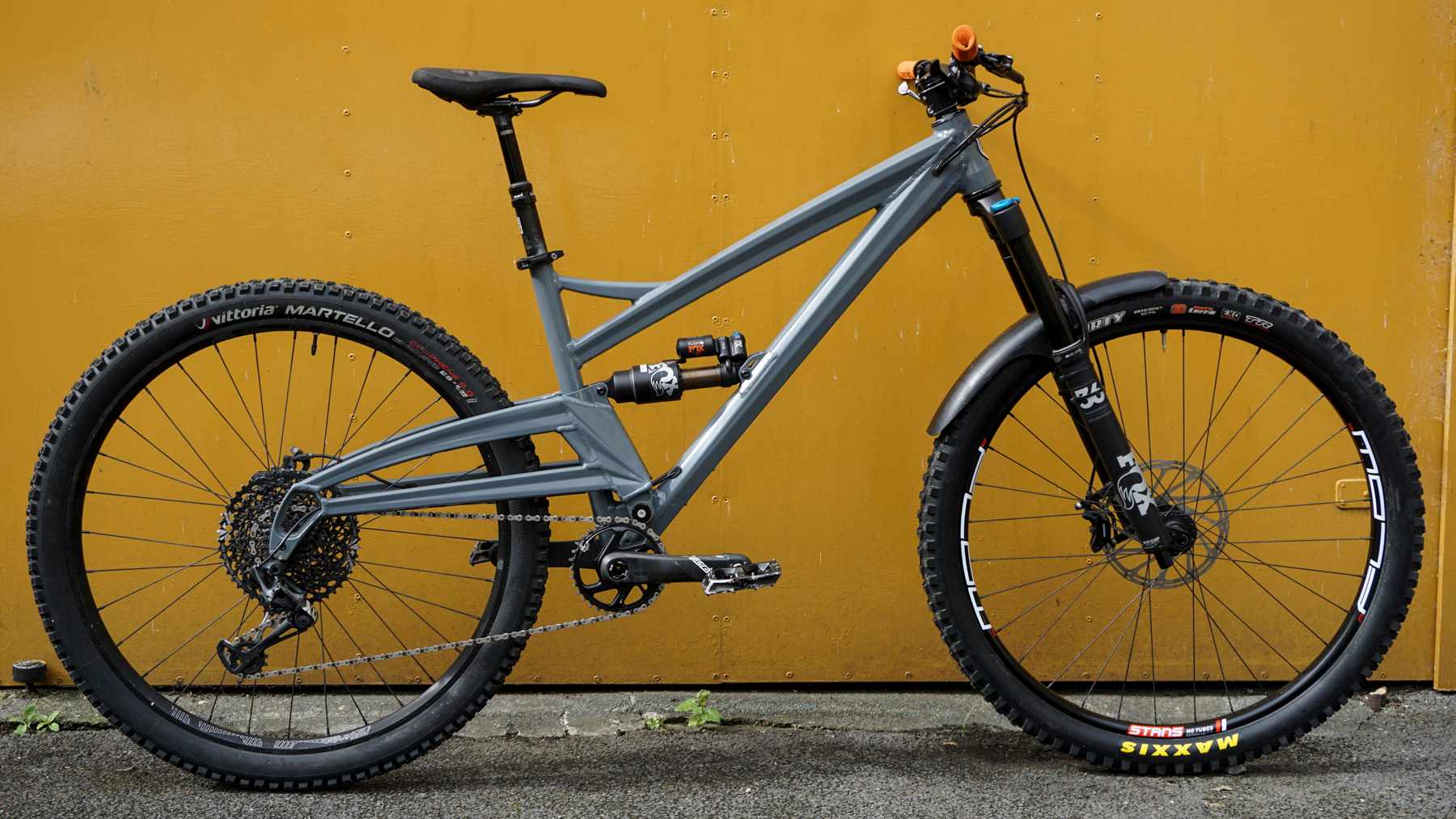
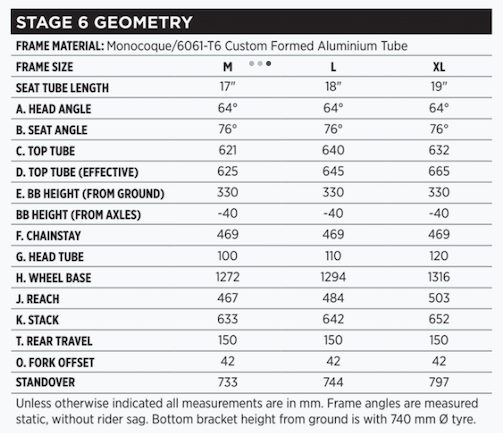

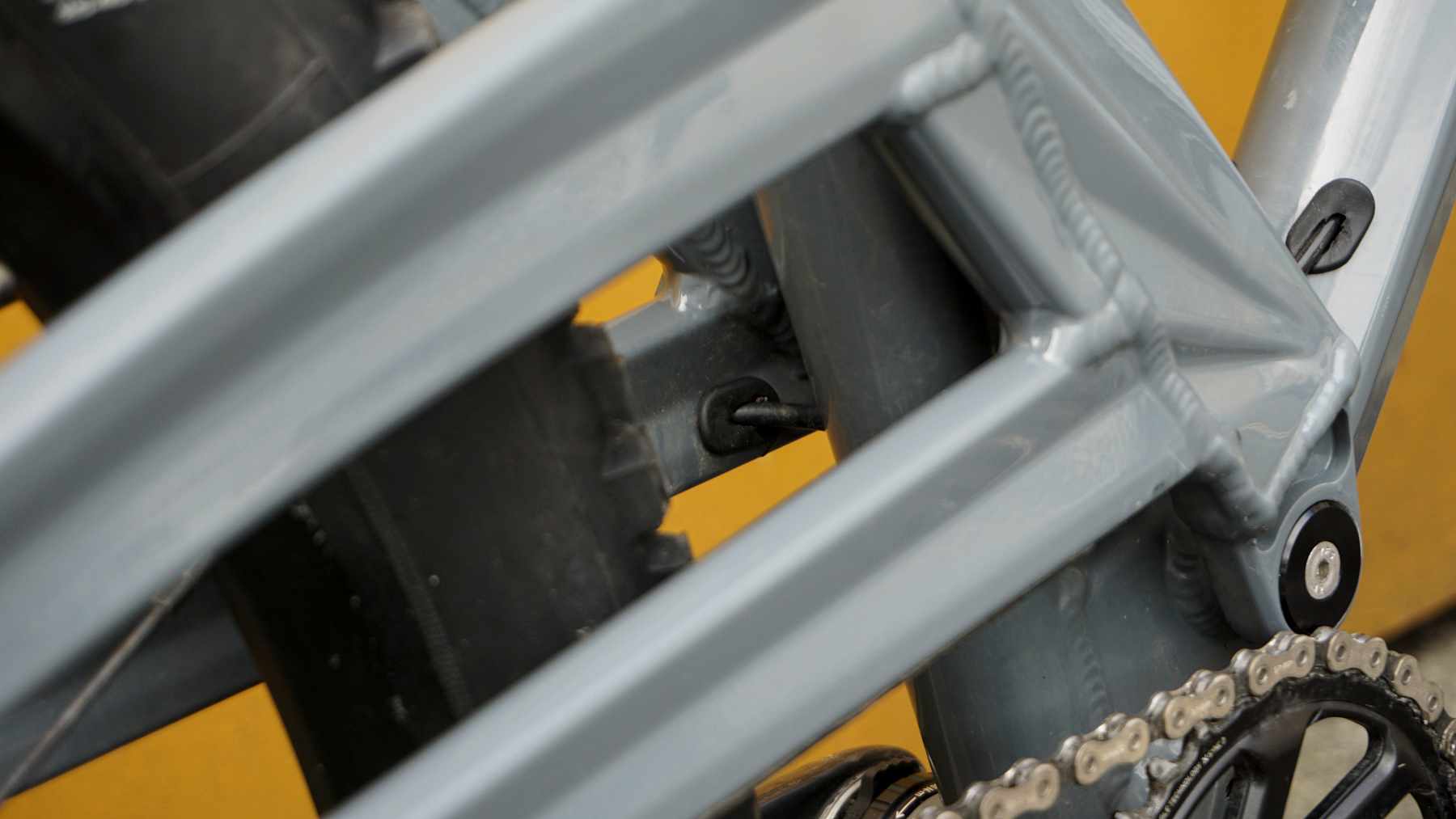




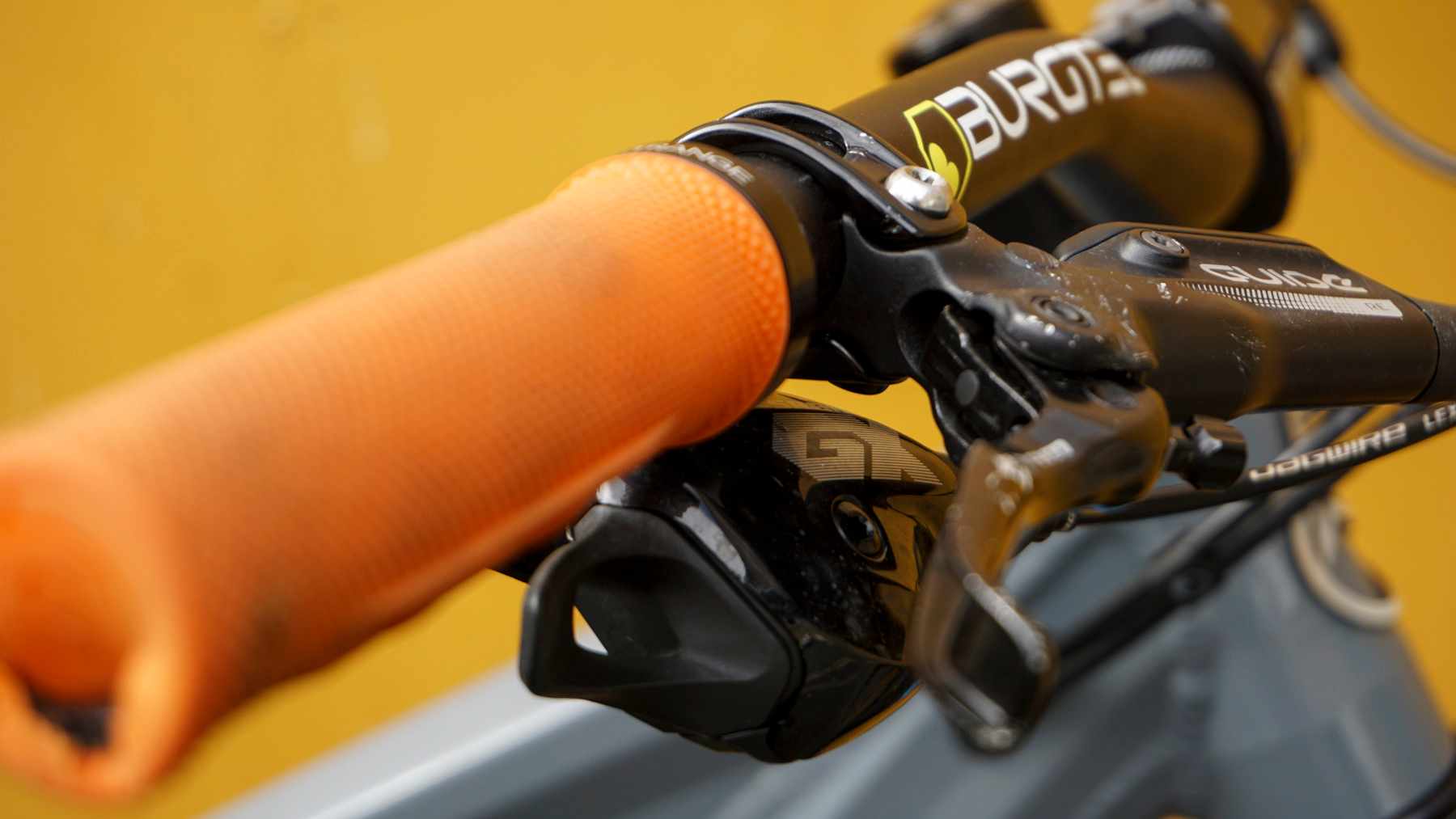
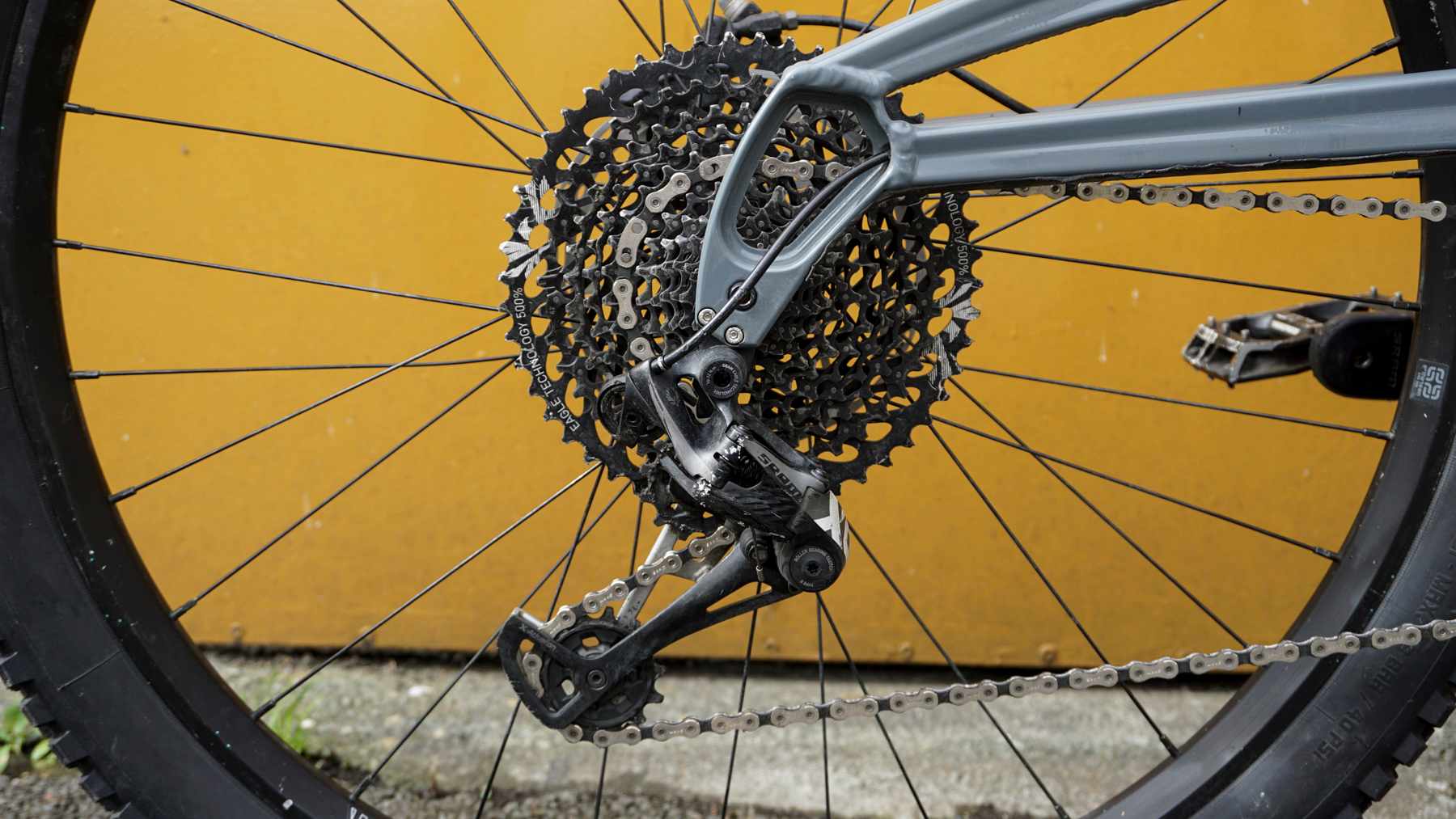
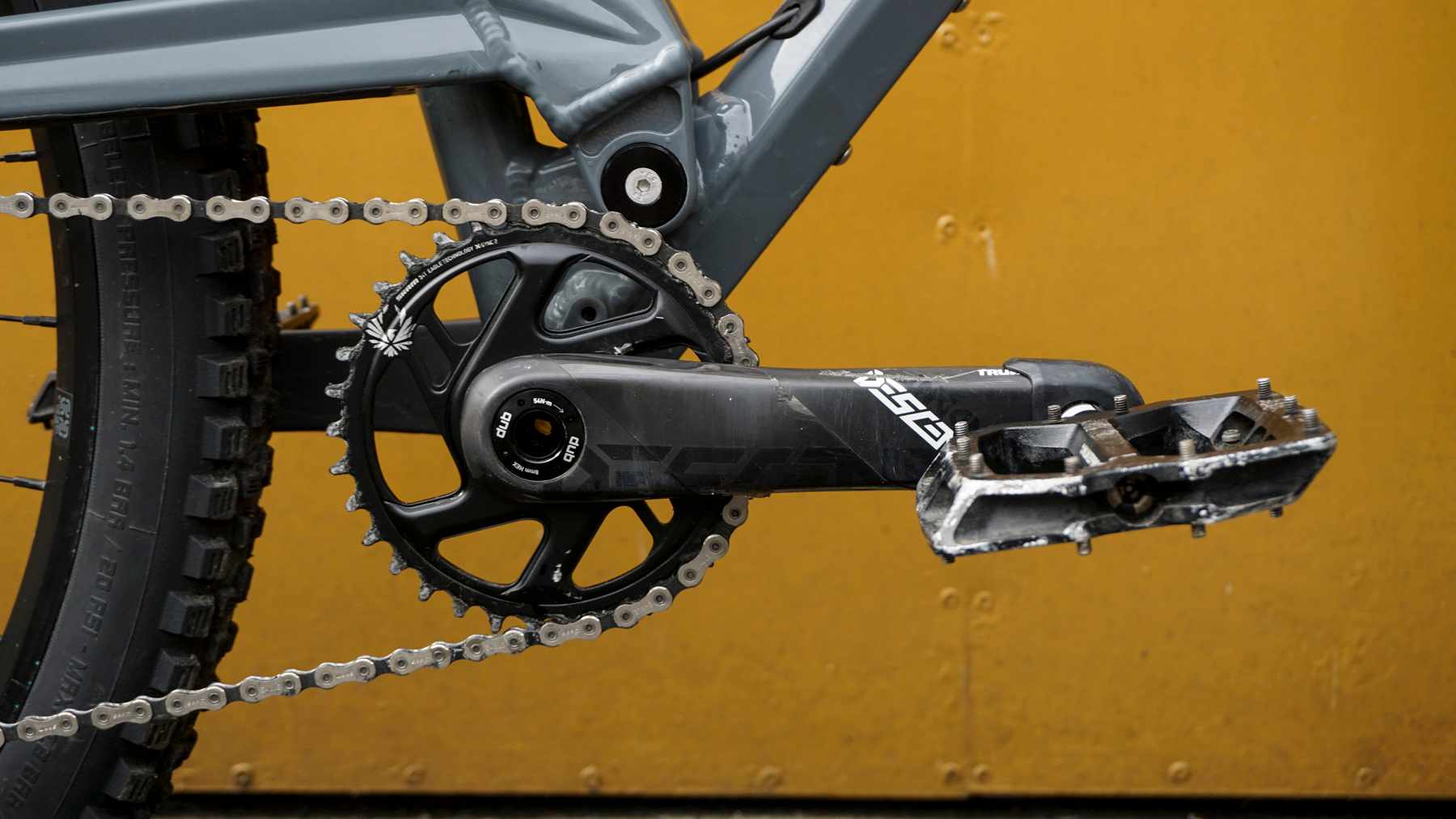
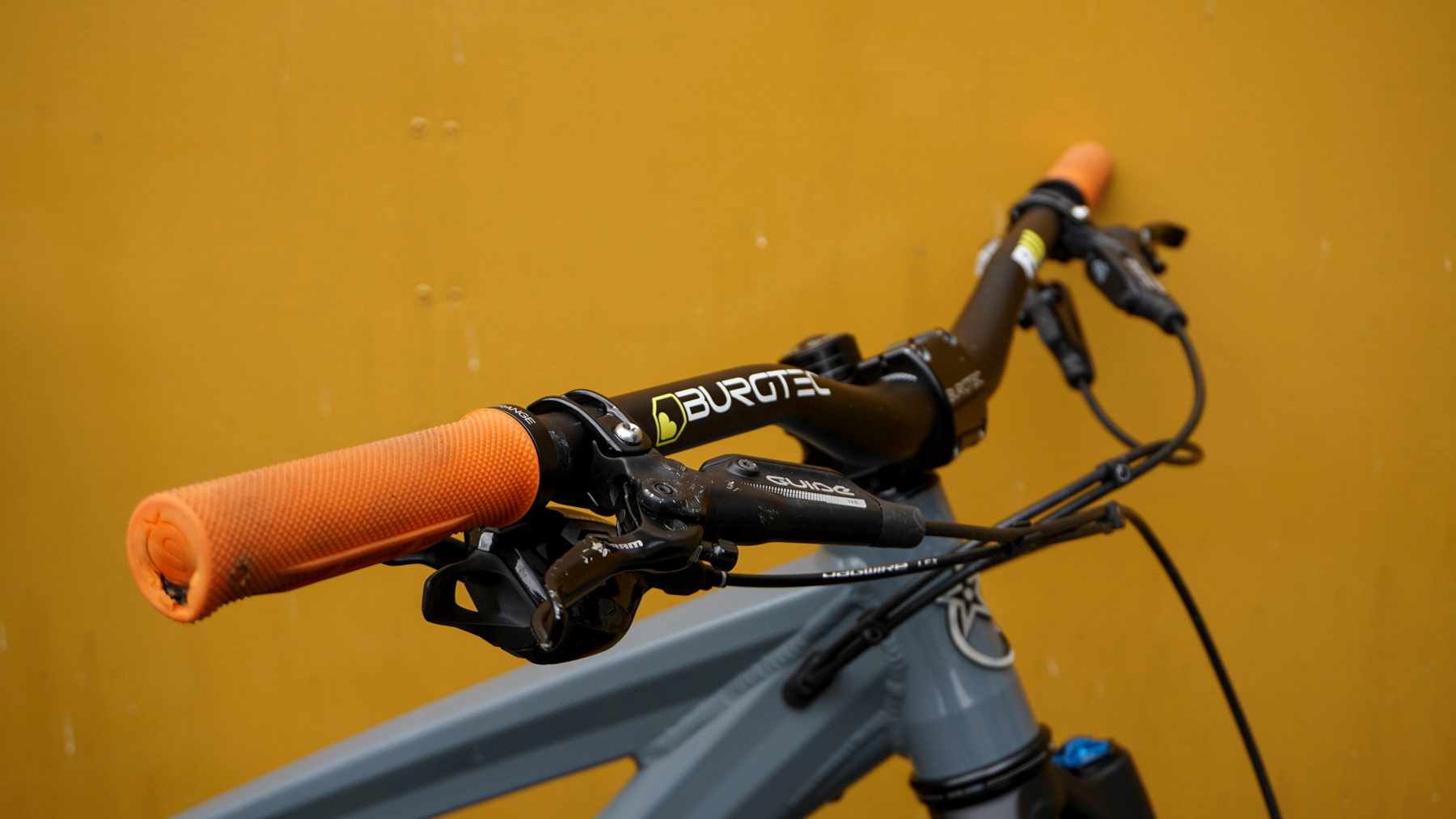
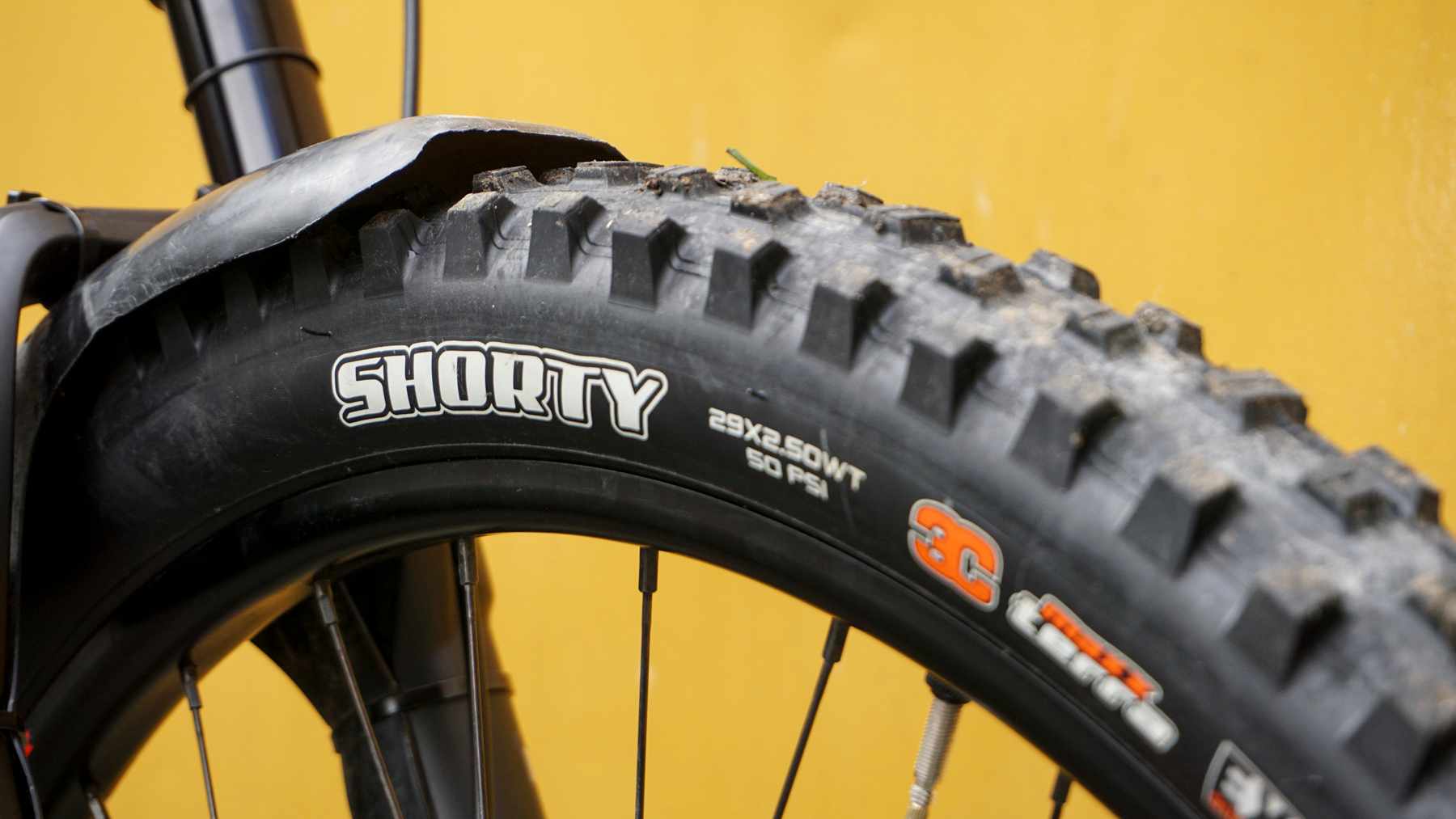

Holy chainstay length!
Wonder where those trails are? The background looks familiar but I can’t place it. Anyone?
Re: chainstay length. That must be a typo. I’d expect more 440-450mm.
2019 Stage 6 is 450mm CS, hence the lengthening by nearly 20mm to 469mm as mentioned.
@fivetones That’s Lee Quarry you’re looking at. Perhaps you don’t recognise it because there’s no rain and howling wind?
Flippin’ heck, they’re not pulling any punches with this are they?
But in the spirit of internet hair-splitting – could definitely do with a longer fork and I suspect the cable routing will still be pure torture to set up.
Really interested to see the revamped S5 and S4 now too. The S4 could turn into something really good.
So is this the same as the new Switch 6 other than the chainstay length, all the other numbers for both bikes are identical?
New model Stage 5 is the one Ivm waiting for,, ive been holding out for a while. Wouod replace a 2018 Stage 4.
I want the bottle bosses and improved cable routing to go with the extra travel!
Hi everyone.
I am 181 cm tall and looking for the new Stage 5 which geometry and sizing are almost the same as Stage 6’s.
What do you think about a L sized for me ?
Thank you
@ mattfly67 – Hi… The Stage 6 s a little longer both in reach and rear centre, as well as being a bit slacker than the 5. I’m around 183/4cm and the 6 fitted me fine, but I’ve got reasonably long arms!
It is a long bike though and you’re at the bottom of the scale for Orange’s suggested height range for a size large, but that’s not to say you wouldn’t get on with it.
Some of it will depend on the sort of riding you’re looking to do and the characteristics you’re looking for – longer for high speed stability and steep track confidence at the expense of some playfulness, or a slightly shorter bike for more manoeuvrability and nimbleness.
I think the best option would be to go to your local dealer and try and get a ride on both the M and the L and make a decision based on that… I know this doesn’t answer your question but I hope it helps and think it would be the best option!
Cheers
Ross
Thanks fir the review. I think you were testing a size large based on the 645 ETT you mentioned, but i think it would have been good to state the bikes frame size and your height clearly in the initial review. it would also be good to know if you tried riding the medium. Thanks again.